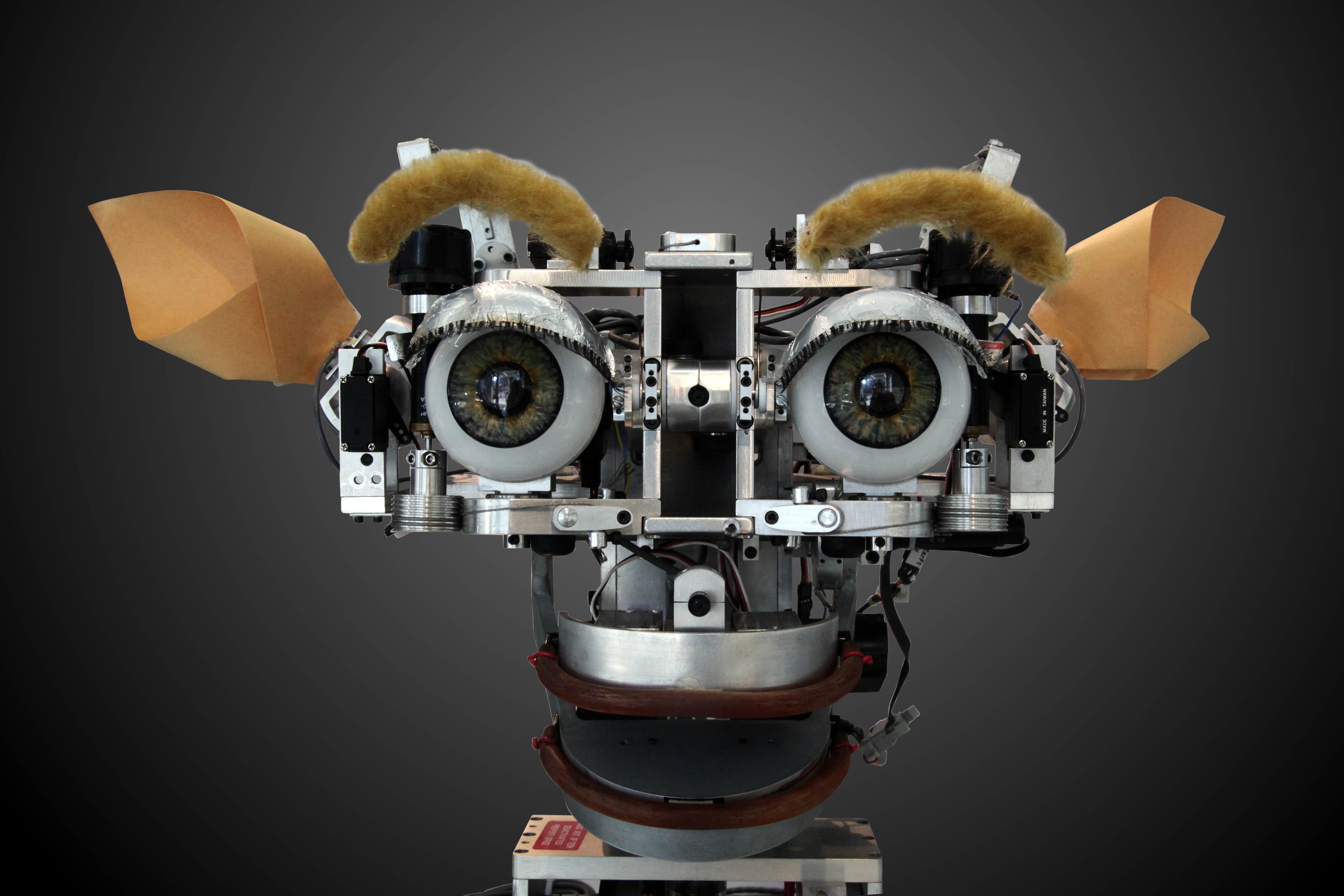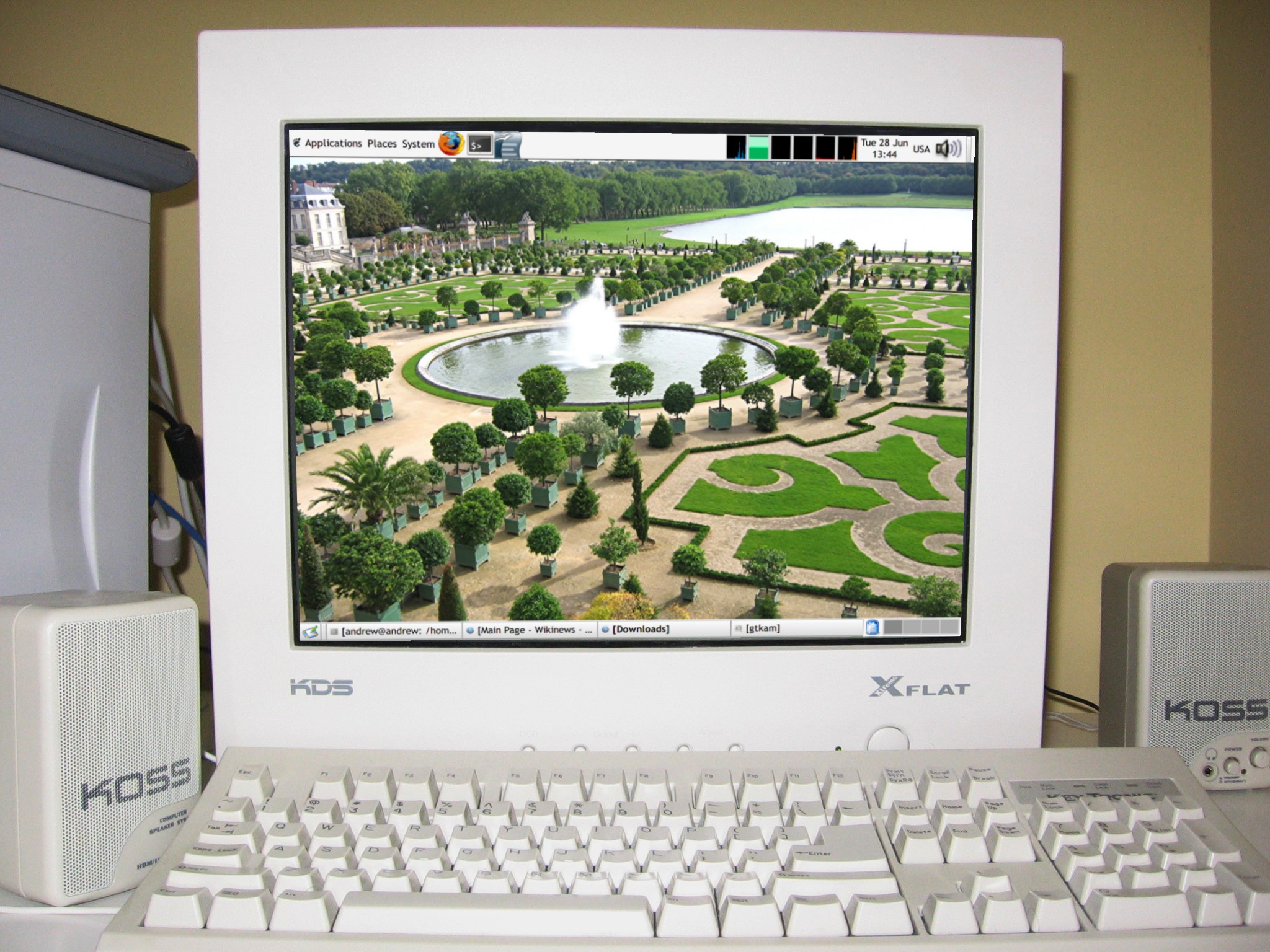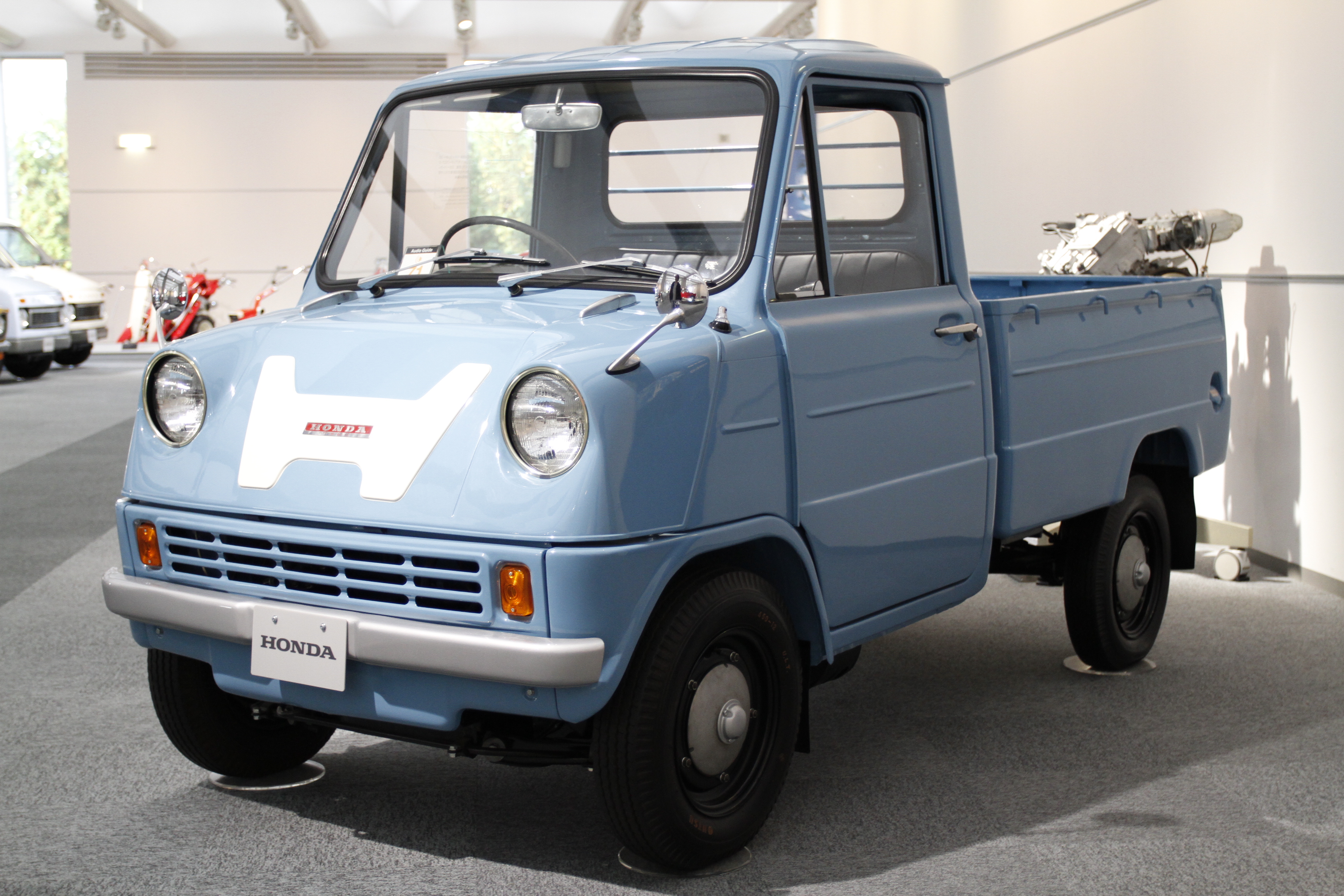|
Human–robot Interaction
Human–robot interaction is the study of interactions between humans and robots. It is often referred as HRI by researchers. Human–robot interaction is a multidisciplinary field with contributions from human–computer interaction, artificial intelligence, robotics, natural-language understanding, design, and psychology. Origins Human–robot interaction has been a topic of both science fiction and academic speculation even before any robots existed. Because much of active HRI development depends on natural-language processing, many aspects of HRI are continuations of human communications, a field of research which is much older than robotics. The origin of HRI as a discrete problem was stated by 20th-century author Isaac Asimov in 1941, in his novel ''I, Robot''. He states the Three Laws of Robotics as: # A robot may not injure a human being or, through inaction, allow a human being to come to harm. # A robot must obey the orders by human beings except where such orders would ... [...More Info...] [...Related Items...] OR: [Wikipedia] [Google] [Baidu] |
Human–computer Interaction
Human–computer interaction (HCI) is research in the design and the use of computer technology, which focuses on the interfaces between people (users) and computers. HCI researchers observe the ways humans interact with computers and design technologies that allow humans to interact with computers in novel ways. A device that allows interaction between human being and a computer is known as a "Human-computer Interface (HCI)". As a field of research, human–computer interaction is situated at the intersection of computer science, behavioral sciences, design, media studies, and several other fields of study. The term was popularized by Stuart K. Card, Allen Newell, and Thomas P. Moran in their 1983 book, ''The Psychology of Human–Computer Interaction.'' The first known use was in 1975 by Carlisle. The term is intended to convey that, unlike other tools with specific and limited uses, computers have many uses which often involve an open-ended dialogue between the user and t ... [...More Info...] [...Related Items...] OR: [Wikipedia] [Google] [Baidu] |
Biomimetic
Biomimetics or biomimicry is the emulation of the models, systems, and elements of nature for the purpose of solving complex human problems. The terms "biomimetics" and "biomimicry" are derived from grc, βίος (''bios''), life, and μίμησις ('' mīmēsis''), imitation, from μιμεῖσθαι (''mīmeisthai''), to imitate, from μῖμος (''mimos''), actor. A closely related field is bionics. Living organisms have evolved well-adapted structures and materials over geological time through natural selection. Biomimetics has given rise to new technologies inspired by biological solutions at macro and nanoscales. Humans have looked at nature for answers to problems throughout their existence. Nature has solved engineering problems such as self-healing abilities, environmental exposure tolerance and resistance, hydrophobicity, self-assembly, and harnessing solar energy. History One of the early examples of biomimicry was the study of birds to enable human flight. Alt ... [...More Info...] [...Related Items...] OR: [Wikipedia] [Google] [Baidu] |
Object Recognition
Object recognition – technology in the field of computer vision for finding and identifying objects in an image or video sequence. Humans recognize a multitude of objects in images with little effort, despite the fact that the image of the objects may vary somewhat in different view points, in many different sizes and scales or even when they are translated or rotated. Objects can even be recognized when they are partially obstructed from view. This task is still a challenge for computer vision systems. Many approaches to the task have been implemented over multiple decades. Approaches based on CAD-like object models * Edge detection * Primal sketch * Marr, Mohan and Nevatia * Lowe * Olivier Faugeras Recognition by parts * Generalized cylinders (Thomas Binford) * Geon (psychology), Geons (Irving Biederman) * Dickinson, Forsyth and Ponce Appearance-based methods * Use example images (called templates or exemplars) of the objects to perform recognition * Objects ... [...More Info...] [...Related Items...] OR: [Wikipedia] [Google] [Baidu] |
Kerstin Dautenhahn
Kerstin Dautenhahn (born 1964) is a German computer scientist specializing in social robotics and human–robot interaction. She is a professor of electrical and computer engineering at the University of Waterloo, where she holds the Canada 150 Research Chair in Intelligent Robotics and directs the Social and Intelligent Robotics Research Laboratory. Her main research areas include human–robot interaction, social robotics, assistive technology, and artificial intelligence, with an aim to further study topics such as social learning, human-robot collaboration, autobiographic memory, narrative, cooperation and coordination. In the application of these research areass, she has notably been interested in uses of companion robots to support independent living for the elderly, and in the therapy and education of children with autism. Education and career Dautenhahn studied biology at Bielefeld University, earning a diploma there in 1990 and completing her doctorate (Dr. rer. nat.) i ... [...More Info...] [...Related Items...] OR: [Wikipedia] [Google] [Baidu] |
Artificial Agents
In artificial intelligence, an intelligent agent (IA) is anything which perceives its environment, takes actions autonomously in order to achieve goals, and may improve its performance with machine learning, learning or may use knowledge representation, knowledge. They may be simple or complex — a thermostat is considered an example of an intelligent agent, as is a human being, as is any system that meets the definition, such as a firm, a state (polity), state, or a biome. Leading AI textbooks define "artificial intelligence" as the "study and design of intelligent agents", a definition that considers goal-directed behavior to be the essence of intelligence. Goal-directed agents are also described using a term borrowed from economics, "rational agent". An agent has an "objective function" that encapsulates all the IA's goals. Such an agent is designed to create and execute whatever plan will, upon completion, maximize the expected value of the objective function. For exampl ... [...More Info...] [...Related Items...] OR: [Wikipedia] [Google] [Baidu] |
Cobot
A cobot, or collaborative robot, is a robot intended for direct human-robot interaction within a shared space, or where humans and robots are in close proximity. Cobot applications contrast with traditional industrial robot applications in which robots are isolated from human contact. Cobot safety may rely on lightweight construction materials, rounded edges, and inherent limitation of speed and force, or on sensors and software that ensure safe behavior. The International Federation of Robotics (IFR), a global industry association of robot manufacturers and national robot associations, recognizes two main groups of robots: industrial robots used in automation in an industrial environment and service robots for domestic and professional use. Service robots could be considered to be cobots as they are intended to work alongside humans. Industrial robots have traditionally worked separately from humans behind fences or other protective barriers, but cobots remove that separation. ... [...More Info...] [...Related Items...] OR: [Wikipedia] [Google] [Baidu] |
Kismet (robot)
__NOTOC__ Kismet is a robot head made in the 1990s at Massachusetts Institute of Technology by Dr. Cynthia Breazeal as an experiment in affective computing; a machine that can recognize and simulate emotions. The name Kismet comes from a Turkish word meaning "fate" or sometimes "luck". Hardware design and construction In order for Kismet to properly interact with human beings, it contains input devices that give it auditory, visual, and proprioception abilities. Kismet simulates emotion through various facial expressions, vocalizations, and movement. Facial expressions are created through movements of the ears, eyebrows, eyelids, lips, jaw, and head. The cost of physical materials was an estimated US$25,000. In addition to the equipment mentioned above, there are four Motorola 68332s, nine 400 MHz PCs, and another 500 MHz PC.Peter Menzel and Faith D'Aluisio. Robosapiens. Cambridge: The MIT Press, 2000. Pg. 66 Software system Kismet's social intelligence software ... [...More Info...] [...Related Items...] OR: [Wikipedia] [Google] [Baidu] |
Paro (robot)
PARO is a therapeutic robot baby harp seal, intended to be very cute and to have a calming effect on and elicit emotional responses in patients of hospitals and nursing homes, similar to animal-assisted therapy except using robots. History Paro was designed by Takanori Shibata of the Intelligent System Research Institute of Japan's AIST beginning in 1993. It was first exhibited to the public in late 2001, costing US$15 million to develop, and became a "Best of COMDEX" finalist in 2003, and handmade versions have been sold commercially by Shibata's company Intelligent System Co. since 2004. Paro is based on harp seals Shibata saw in an ice field in northeastern Canada, where he also recorded their cries in order to use them for Paro's simulated cries. Paro was classified as a Class 2 medical device by U.S. regulators in fall 2009. Paro has been used primarily in care facilities, especially as a form of therapy for dementia patients. After a study was conducted to see the effe ... [...More Info...] [...Related Items...] OR: [Wikipedia] [Google] [Baidu] |
Honda
is a Japanese public multinational conglomerate manufacturer of automobiles, motorcycles, and power equipment, headquartered in Minato, Tokyo, Japan. Honda has been the world's largest motorcycle manufacturer since 1959, reaching a production of 400 million by the end of 2019, as well as the world's largest manufacturer of internal combustion engines measured by volume, producing more than 14 million internal combustion engines each year. Honda became the second-largest Japanese automobile manufacturer in 2001. In 2015, Honda was the eighth largest automobile manufacturer in the world. Honda was the first Japanese automobile manufacturer to release a dedicated luxury brand, Acura, in 1986. Aside from their core automobile and motorcycle businesses, Honda also manufactures garden equipment, marine engines, personal watercraft, power generators, and other products. Since 1986, Honda has been involved with artificial intelligence/robotics research and released their ASIMO rob ... [...More Info...] [...Related Items...] OR: [Wikipedia] [Google] [Baidu] |
Robonaut
A robonaut is a humanoid robot, part of a development project conducted by the Dexterous Robotics Laboratory at NASA's Lyndon B. Johnson Space Center (JSC) in Houston, Texas. Robonaut differs from other current space-faring robots in that, while most current space robotic systems (such as robotic arms, cranes and exploration rovers) are designed to move large objects, Robonaut's tasks require more dexterity. The core idea behind the Robonaut series is to have a humanoid machine work alongside astronauts. Its form factor and dexterity are designed such that Robonaut can use space tools and work in similar environments suited to astronauts. ie. "is capable of performing all of the tasks required of an EVA suited crewmember." NASA states "Robonauts are essential to NASA's future as we go beyond low Earth orbit", and R2 will provide performance data about how a robot may work side-by-side with astronauts. The latest Robonaut version, R2, was delivered to the International Space St ... [...More Info...] [...Related Items...] OR: [Wikipedia] [Google] [Baidu] |







